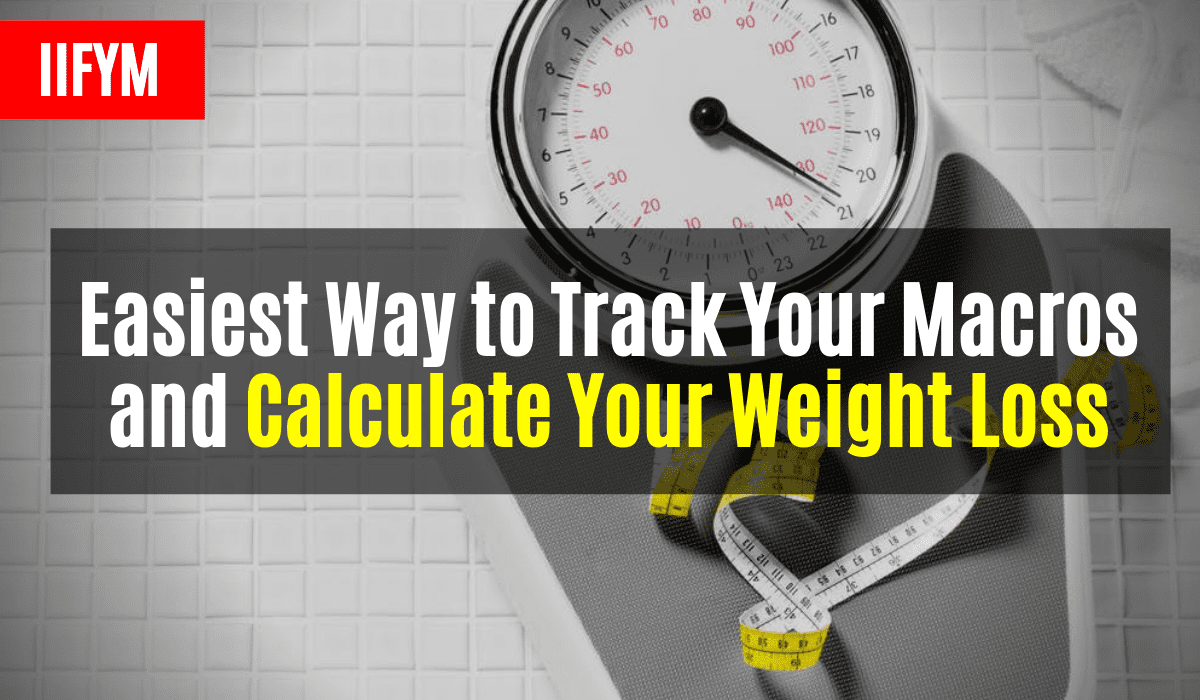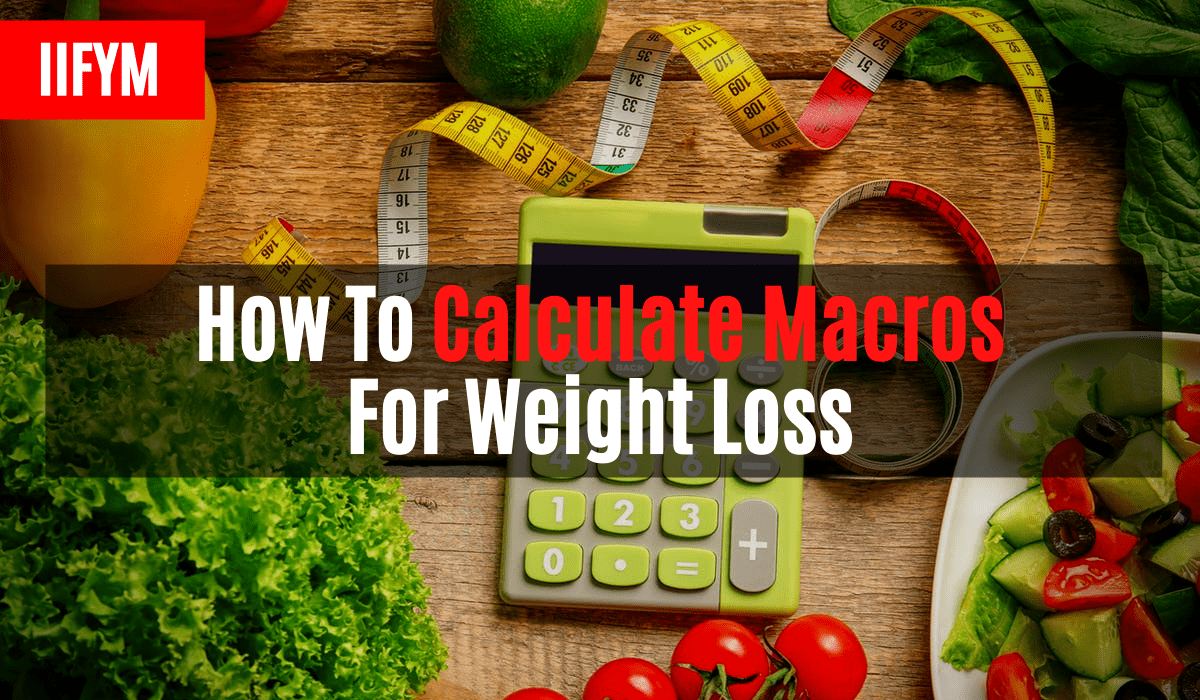Weight Loss is Not Easy But it is Simple
Many people have a very hard time losing weight. It is very easy to say “exercise more and eat less” and when you really boil down weight loss to the basics it is true that the thing that matters the most is calories. See more about using our free macro calculator.
However, what many people have a tendency to forget about is that human beings are not robots. Most people can’t simply decide that they are going to exercise for 60 minutes at medium intensity for a set number of times each week and eat exactly 2,000 calories every day.
We get sick, we get cravings, we get tired, and we are bombarded constantly with temptations everywhere we go, whether it is at the store, at work, or at home.
Even if you are able to manage to eat a certain number of calories per day over a specific period of time you may lose weight but will it result in the body that you truly desire? If you eat the wrong types of foods, you might end up losing muscle along with fat.
In general, losing weight may be useful for a person who is obese or overweight, but having lots of lean mass and a low (yet still healthy) percentage of body fat is better for your looks, well-being, and health.

Macros Are Important
Calories really matter when it comes to losing weight. However, calories are not the only important thing. Macros and Macronutrients matter too!
When you determine the right amount of fats, carbohydrates, and proteins for your body goals and lifestyle you can run on a calorie deficit in order to lose weight but still maintain your muscle mass, have plenty of energy, and feel full.
Is there an Ideal Macro Split?
You might be wondering if there is one ideal macro ratio that can work for everybody. Unfortunately, there is not. The best macro ratio for you will depend on many different factors, which include what your specific goals are and your activity level.
If you have a good amount of muscle that you want to maintain, then you should eat plenty of protein. Protein is a major building block for muscles, and if you do not consume a sufficient amount of protein then your body will start breaking down muscle tissue to use for energy as well as to repair muscle tissues that are damaged.
Many builders when they are attempting to get very lean, use what is called a ‘protein sparing modified fat.’ That involves eating a very low amount of calories with most of the calories coming from protein.
It isn’t a good idea for the average individual to eat just protein. However, increasing your intake of protein while running a calorie deficit can help to improve your satiety as well as helping you maintain your lean body mass and strength.
If you are a performance athlete or endurance athlete then you will want to have carbohydrates incorporated in your diet, since carbs are a good ‘rapid energy’ source.
Compared to simple sugars, complex carbohydrates are superior at providing steady energy while helping you to avoid a sugar crash as well.
Fats are essential for hormone production, and also can be used as an energy source. It takes longer to digest fats compared to carbohydrates and can also help to improve satiety.
Some diets, like the Atkins diet and Keto diet, use fats as their primary energy source instead of carbohydrates. Although some people swear by Keto, it doesn’t suit every lifestyle.
After you have found the proper balance of macronutrients, you will be able to eat whatever foods you want as long as it fits in with your calorie allowance and your macros.

What is IF It Fits Your Macros or IIFYM?
The concept behind IIFYM is just because you are following diet doesn’t mean you need to give up ice cream or pizza.
With this type of diet, you may be telling yourself that you have to eat 150 grams a day with an 1800 calorie allowance per day (running a calorie deficit).
You may choose to eat a tuna salad with a bit of oil in order to hit your fat and protein allowance, and know that you have reached your daily macros and can treat yourself with a large ice cream serving at the movies that night.
You make room for your ice cream by not having ranch dressing or croutons on your salad, so you can enjoy yourself since it fits in with your macros.
How Can You Tell What Macro Ratio You Should Follow To Lose Weight?
Finding the proper macronutrient ratio that you should follow will depend on your fitness goals and lifestyle. You might want to try out a couple of different macronutrient ratios in order to determine what works the best for your activity level and help you to avoid cravings.
However, it is very important to have a certain macro ratio. If you only count calories you may end up not eating enough protein or not enough healthy fats while you are still running at a calorie deficit.
At IIFYM.com, there are macronutrient calculators that can help you understand what macros work the best for various lifestyles.
The calculators can ask you for your sex (men and women have different nutritional needs), height, weight, and wage, and also your activity level and how frequently you do cardiovascular exercise and lift weights.
The calculator also will ask you about any medical conditions you have that could impact your diet, along with the kind of diet you are following currently and what your weight loss goals are.
Based on all of your information, it will provide you with recommendations on macronutrients to sustain your body and also allow you to retain lean muscle mass, promote satiety, reduce cravings, and lose weight.
The recommendations are tailored specifically to you based on the information you have entered into the weight loss calculator.
A relative or friend might get a very different recommendation due to the fact that they have really different goals and lifestyles.
Make sure you track, measure, and weigh your food intake, and then re-evaluate your calorie and macro goals every few months based on what your progress is and how you are feeling.
Keep in mind that losing weight takes a lot of discipline and patient, but it is possible!


